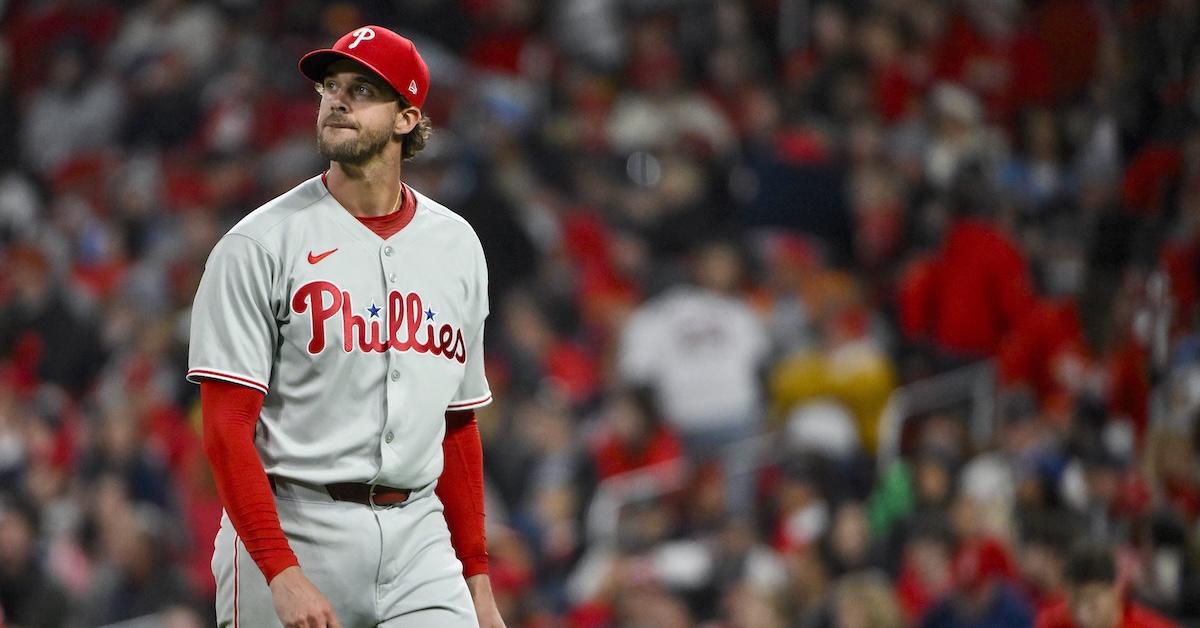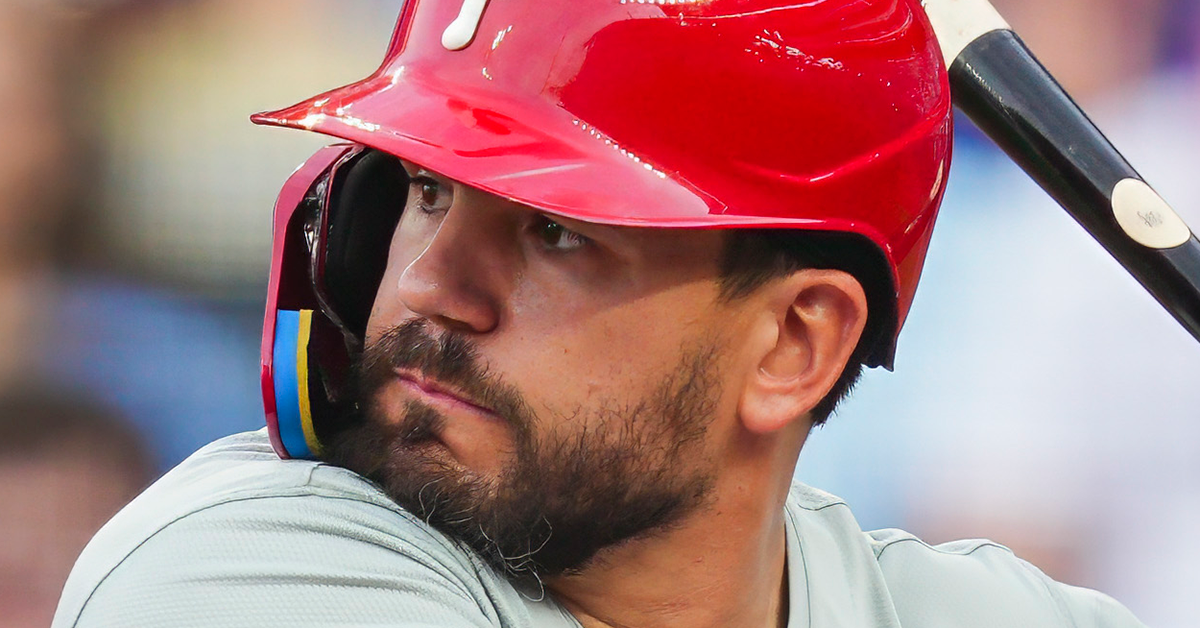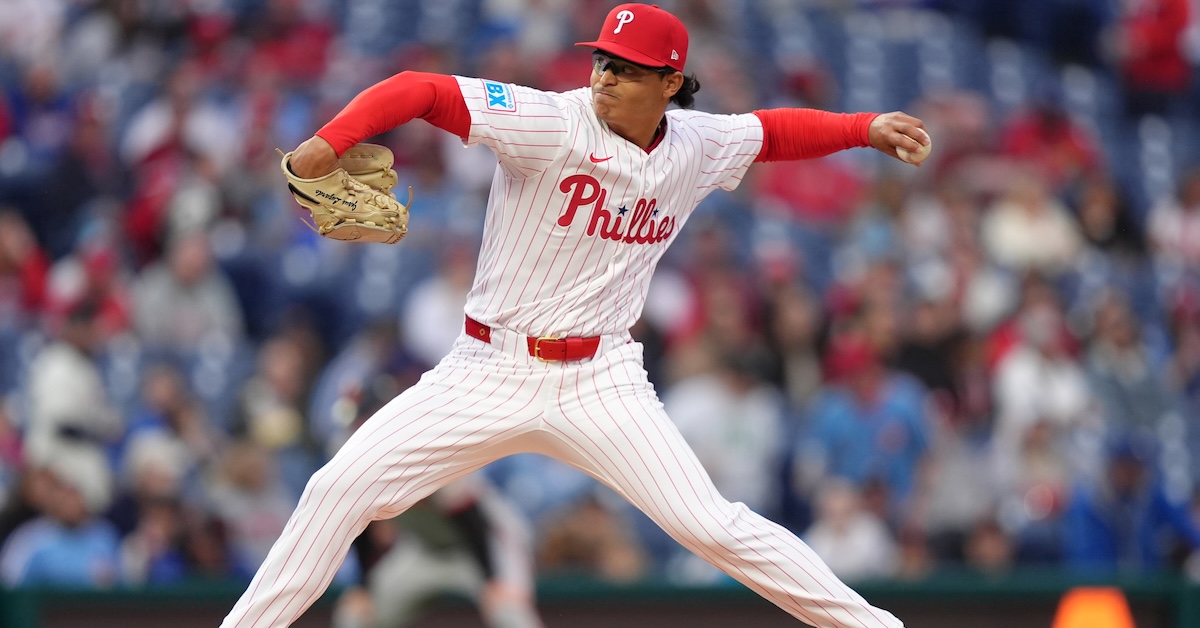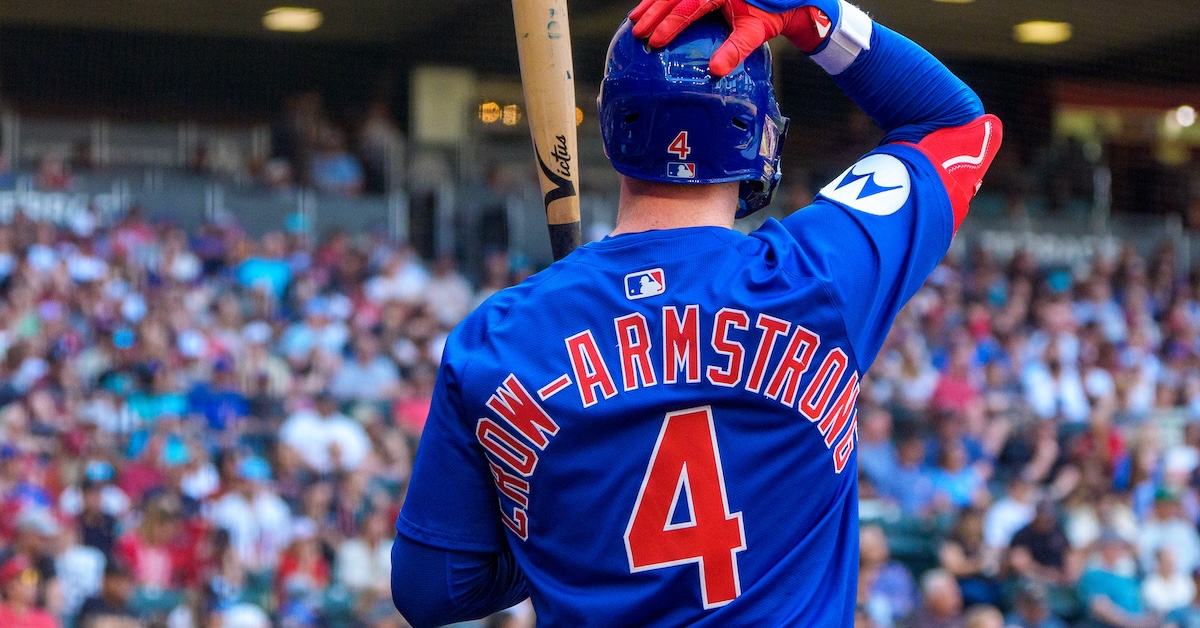Introducing NOLA: A Metric for Starting Pitcher Consistency

Aaron Nola is having a truly awful season: Through nine starts, he’s 1-7 with a 6.16 ERA, which is bad for any pitcher. For the putative no. 2 starter on a big-market team whose fans are getting pretty tetchy about not having won a World Series in a while, it’s disastrous. Especially when said pitcher is in year two of a seven-year, $172 million contract. In fact, you’d have to say Nola has been surpassed in the pecking order by Cristopher Sánchez at the very least, and possibly by newcomer Jesús Luzardo.
Everyone’s got their theories as to what’s gone wrong. Davy Andrews tried to figure out Nola’s deal last month. Timothy Jackson of Baseball Prospectus speculated earlier this week that there’s something off with his fastball, and that lefty-heavy opposing lineups might be to blame. The Phillies, for their part, just put Nola on the (non-COVID) IL for the first time in almost eight years. The stated reason is an ankle injury Nola says is messing up his mechanics, but a player in a slump this bad can almost always use some time off to clear his head as well. Read the rest of this entry »









